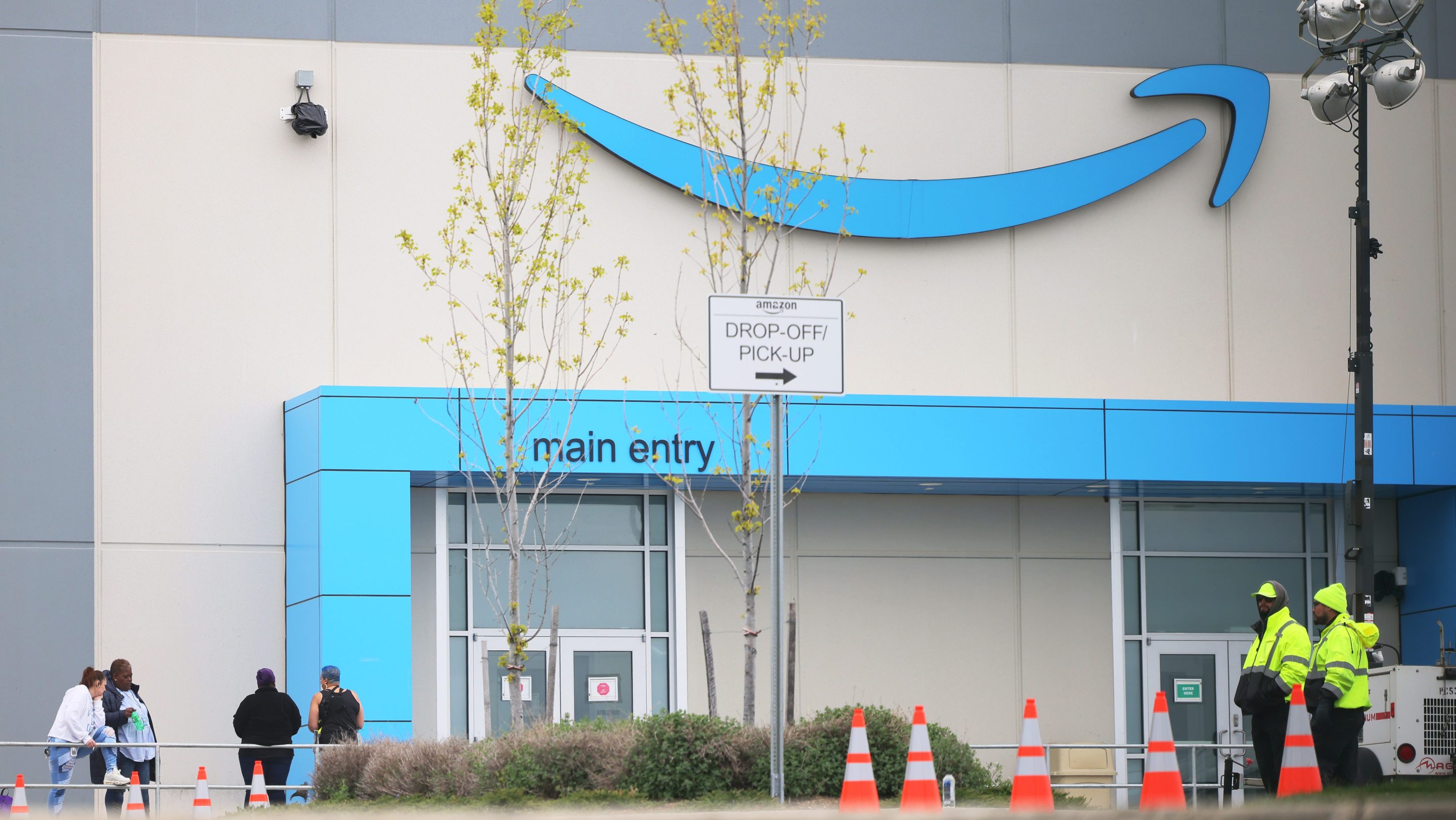Retailers try to thwart holiday shoplifters
Retailers will lose nearly $9 billion this holiday season to thieves. That’s the estimate from a new Centre for Retail Research study commissioned by Checkpoint Systems, which is in the business of reducing what companies lose because of problems like shoplifters, crooked employees and errors.
Money lost because of what retailers call “shrink” — the difference between expected and actual inventory — trickles down to law-abiding shoppers. The same study says companies pass the cost of some losses to consumers, adding about $100 to the average family’s holiday shopping bill.
The corporate world has a name for the business of busting thieves: loss prevention. That’s what law enforcement veteran Robert Hanson teaches at Northern Michigan University. He hesitates to say too much about how shoplifters work.
“Well, we don’t want to give people too many ideas,” he chuckles.
Loss prevention professionals see a lot. Even babies can be tools. Strollers are a favorite vehicle for criminals. It turns out one can stash an awful lot in them, hidden under blankets, toys or even inside children’s clothes and diapers.
One of Hanson’s former students saw a woman packing goods into a stroller. Things took a bizarre and disturbing turn when security confronted her outside the store. Hanson says she pulled the child out of the stroller, threw it at the security officer and ran away.
Keith White, senior vice president of loss prevention at Gap Inc., has seen a number of unusual things in his 12 years at the company that includes clothing stores Gap, Banana Republic and Old Navy. His teams have caught people trying everything from stuffing hundreds of dollars of clothes in their socks to using James Bond-like suitcases with false bottoms. They keep watch with a combination of technology and training.
Just as the holiday season brings a spike in sales and shoppers, shoplifters also increase activity. Hot items are in stores, and thieves expect employees to be distracted and overextended by big crowds. White sees an increase in criminal activity this time of year.
“You have to magnify it by about three or four in the last quarter of the year,” White says.
Shoplifters are just part of what companies watch for. Inside jobs by employees actually account for more retail crime. Less common, but dangerous, are organized gangs that target high-value items. They can cart off thousands of dollars in merchandise in less time than it takes to run a TV commercial.
“Within 20 seconds, they’ll have half of that aisle cleared out of makeup, cosmetics, fragrances and out the door,” says Dan Reynolds, a vice president at Checkpoint. “So they’re pretty sophisticated. They’re fast.”
“Booster bags” are tools of the trade. They’re specially lined to foil security tags on products. Companies work to stay ahead of this and other criminal technology. The challenge is to do this without turning stores into fortresses. Preventing theft is no good if it also prevents sales. Locking merchandise behind glass will deter thieves, for example, but law-abiding customers may not buy without a chance to handle the goods.
Managing that tension between securing stores and welcoming shoppers is critical to business.
“It’s an ongoing conflict for retailers, particularly in this economy” says Lisa LaBruno, a former prosecutor who now works on loss prevention as a vice president with the advocacy group Retail Industry Leaders Association. “Every sale counts and every happy customer counts.”
The trick is preventing loss from theft, without affecting lost sales.
There’s a lot happening in the world. Through it all, Marketplace is here for you.
You rely on Marketplace to break down the world’s events and tell you how it affects you in a fact-based, approachable way. We rely on your financial support to keep making that possible.
Your donation today powers the independent journalism that you rely on. For just $5/month, you can help sustain Marketplace so we can keep reporting on the things that matter to you.


















